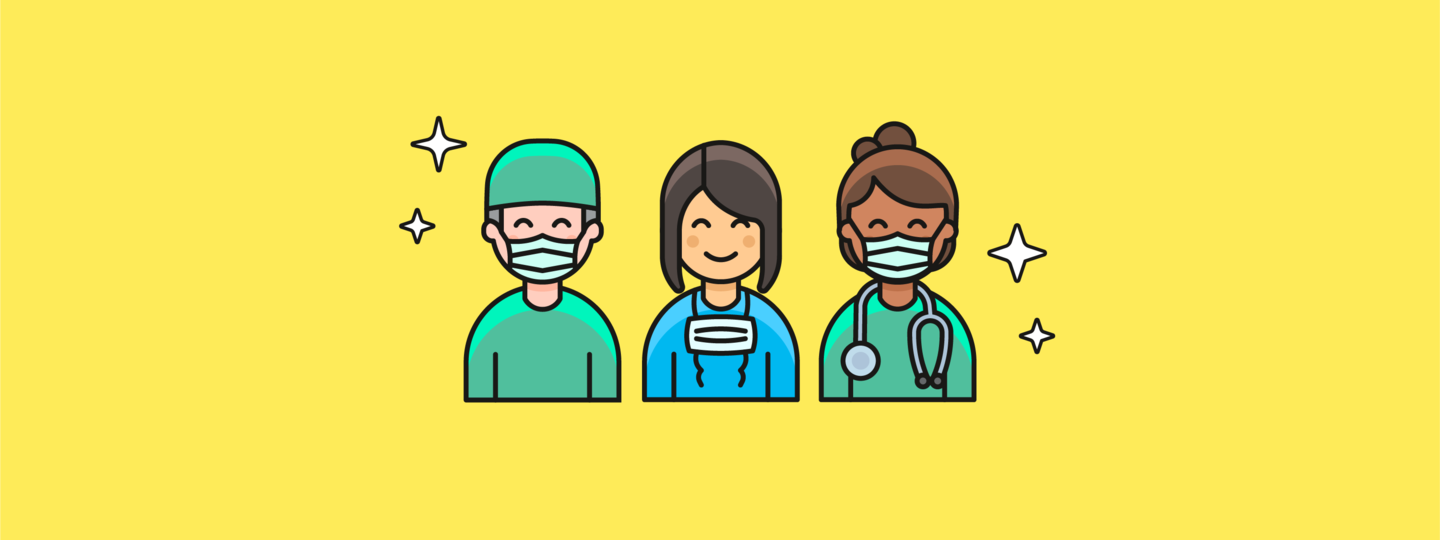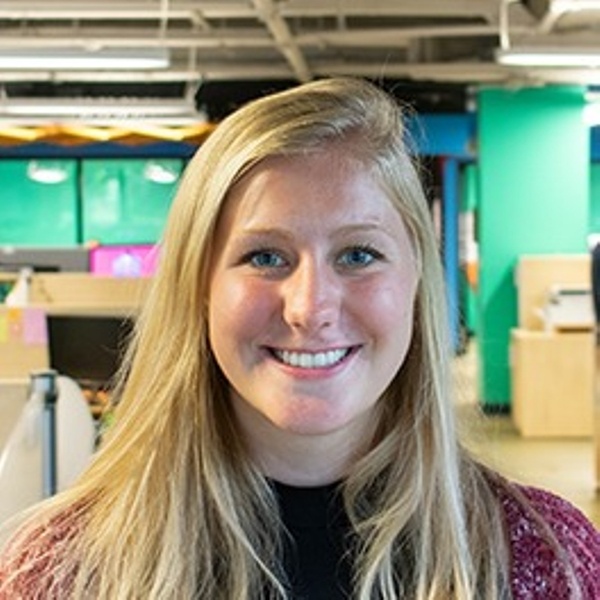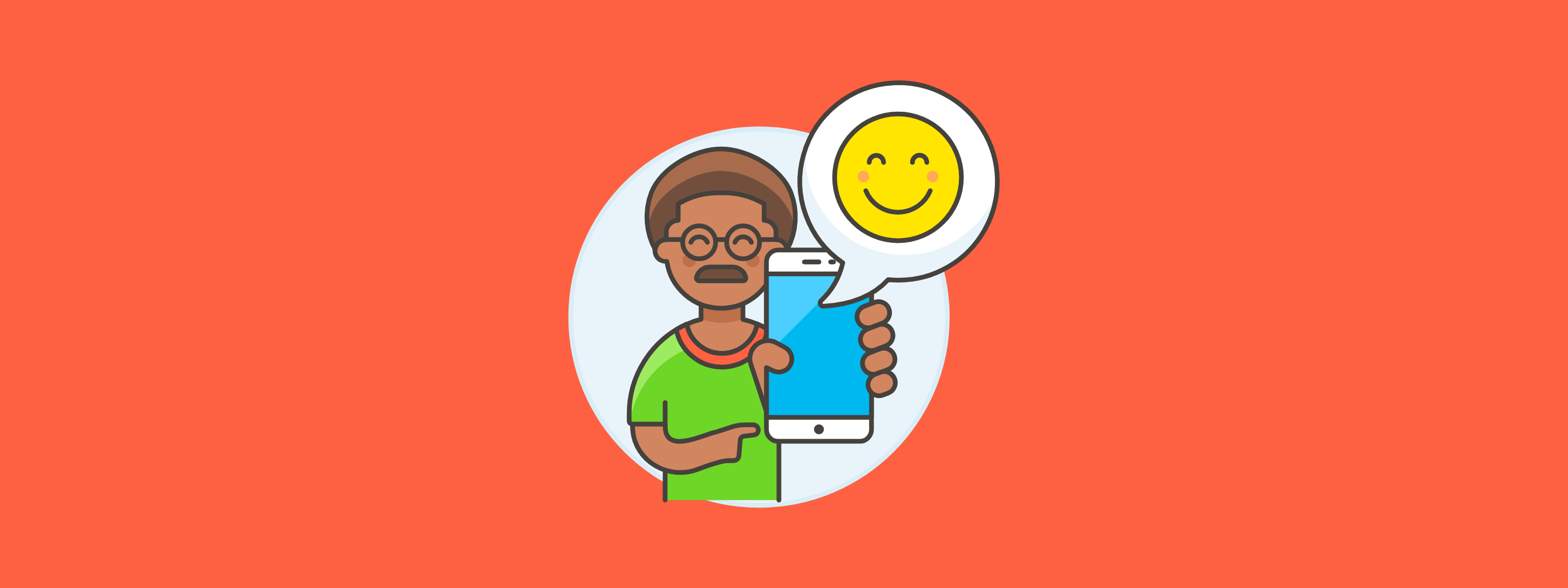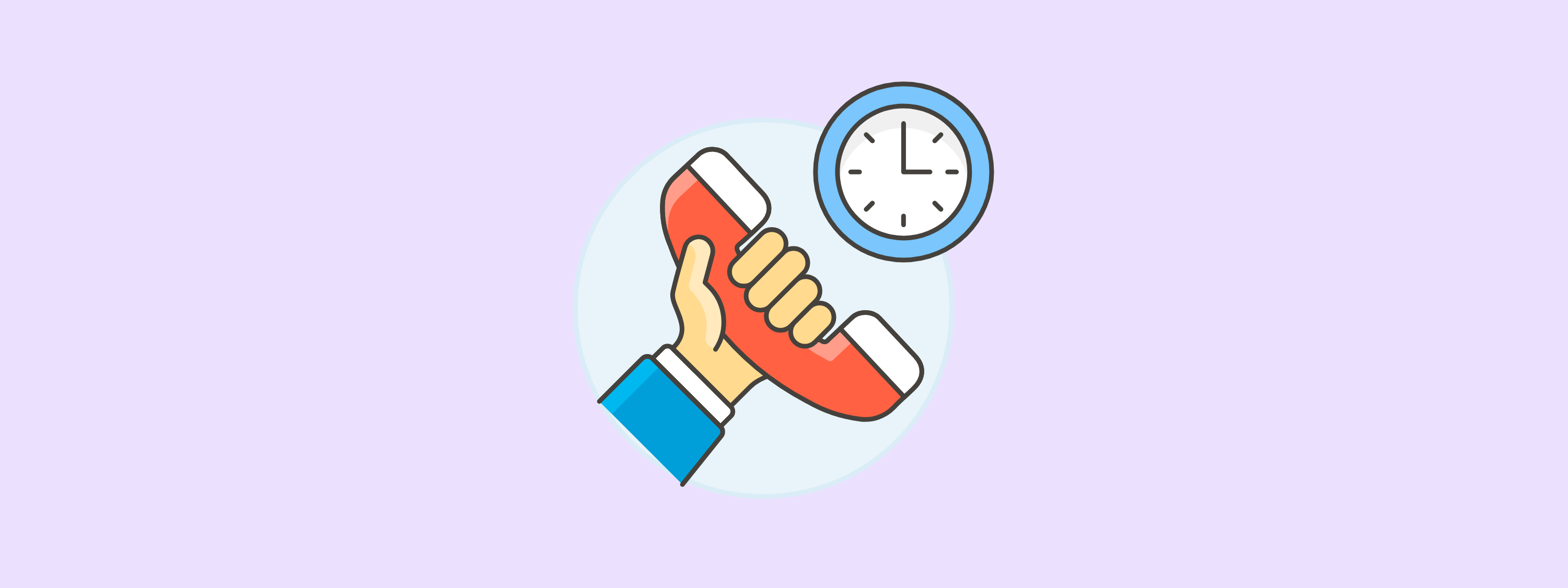Author: Ally Sopata
How community members are using their technical skills to combat the spread
The rapid spread of COVID-19 has left many people feeling helpless and wondering what they can do to assist. Frontline workers across the country are in desperate need of personal protective equipment (PPE) to keep themselves and those they interact with safe. Makers around the world have seen this as an opportunity to use the 3D printers in their homes to create masks, shields and other PPE to advance the supply chain forward and to protect their communities.
How Ozmo and Modea are helping
Ozmo is doing just that by working with sister company Modea to drive an increase in the availability of PPE in Southwest Virginia. Brian Rowe, David Bates, Michael Kessler and Lukas Lozovski of Ozmo are focused on the creation of two medically-approved shield models, NIH and Prusa, along with pleaters and mask straps while Chris Riegger of Modea is using their connections with numerous local hospitals to understand what materials are needed and to communicate product delivery details. Ozmo is donating money for printing material and Modea is covering shipping and disinfectant to support their efforts. Local non-profit maker space Hacksburg has also been imperative to these efforts by providing the plastic shields for the masks.

Lozovski mentioned that his wife works at a hospital which made him realize just how real the shortage of supplies is. At times she has to wear her mask several days in a row, putting herself and others at risk. Lozovski explained that 3D printing PPE is a “good way to feel less helpless in these times and feel like you’re contributing something.”
Since beginning their efforts in March, Ozmonauts have printed a total of 245 NIH and Prusa bands. Rowe has eight 3D printers at home that he originally used to make functional prints such as table hinges, cup handles and even a steering wheel for online racing that he now has focusing entirely on printing PPE.

Behind the scenes of printing PPE
The printing process is not easy, however. After finding the appropriate 3D model, software slices it up into cross sections for printing. Environmental factors such as barometric pressure, humidity and alignment can easily cause the print to fail. This usually will happen in the first 20 to 30 minutes but errors can occur throughout. Rowe describes 3D printing as an “iterative process.”

Working at home has been a huge advantage to these efforts as they can switch out the printing filament throughout the day instead of having to wait for when they get home from the office. Their families can be involved in the process, too. Bates’ kids insisted they name their printers. “For instance, Frank is my workhorse modified ender-3 and Bob is my resin printer,” he said.

The local community comes together
The efforts to quickly produce PPE has led to a large community of makers coming together around the world. After working with the national Health Ministry, Czech maker Jo Prusa shared a face shield design online to aid in creation around the globe. Local communities have rallied together by organizing groups to lead the initiative and help protect nearby hospitals and essential workers. In Southwest Virginia, the Facebook group “3D Printed PPE Roanoke VA” led by a Roanoke maker group has served as a centralized location to share printing tips, ask questions and request equipment. A team at Virginia Tech is also underway to create thousands of face shields for medical professionals in the New River Valley.
So far, the masks created by our Ozmonauts have been sent to Carilion Roanoke Memorial Hospital, Goodwin House Hospice, Mary Washington Healthcare as well as police, first responders and a funeral home in Roanoke and Salem, Virginia.
Co-founder and Chief Growth Officer, Aaron Herrington, touches on how proud he is to have Ozmo take part in this initiative.
A core value of being an Ozmonaut means being a part of something bigger than yourself and being willing to help others. This was the perfect opportunity for us to do that and Ozmo was more than happy to support our employees in these efforts.
Aaron Herrington, Co-founder and Chief Growth Officer at Ozmo

Get involved
Interested in assisting local makers in their efforts? Even if you don’t have the means to print masks, you can help in other ways. Contact your local maker group to help with assembly days or use your sewing skills to stitch masks and bands. Take advantage of your social media presence to promote maker groups or your local connections to match makers with essential workers. Finally, you can donate to organizations concentrating on these efforts such as MatterHackers or Operation Shields Up! All physical equipment and donations must be properly sanitized before delivery so be sure to coordinate with your point of contact on how to do so.

If you would like more information about Ozmo’s efforts to help fight COVID-19, please contact fightcovid@ozmo.com.
#BlacksburgFightingCovid #FloydFightingCovid #RoanokeFightingCovid



